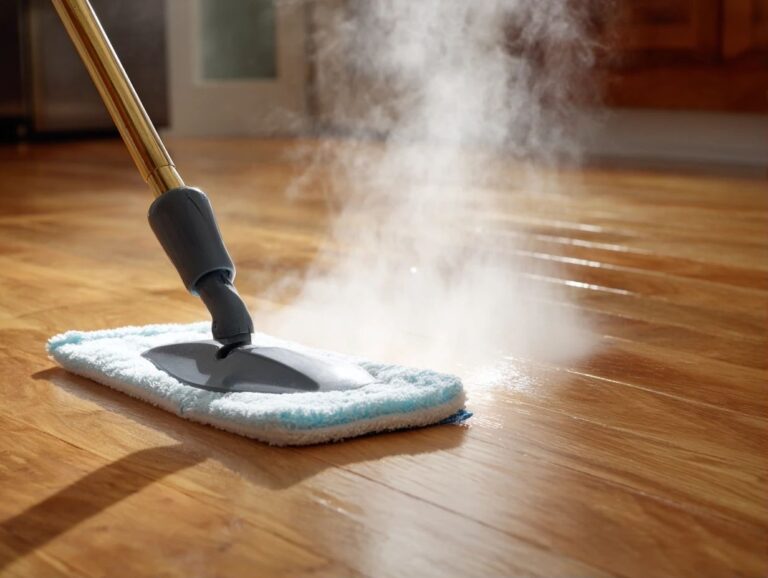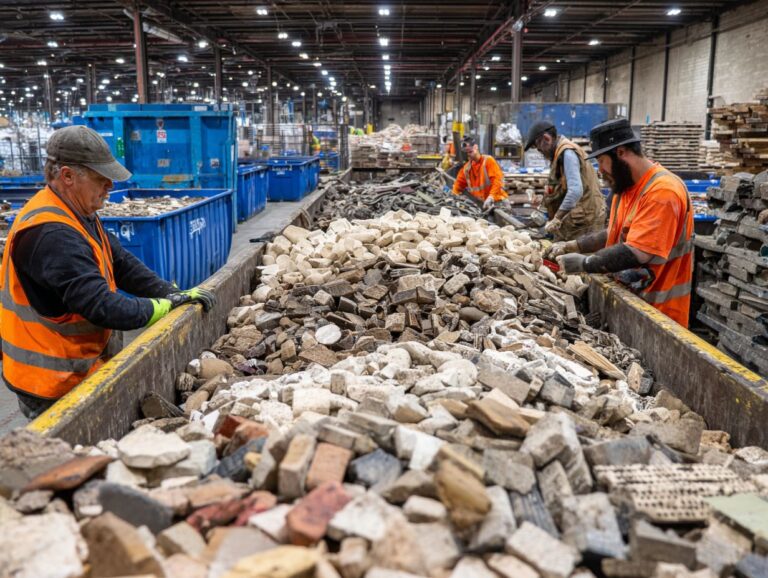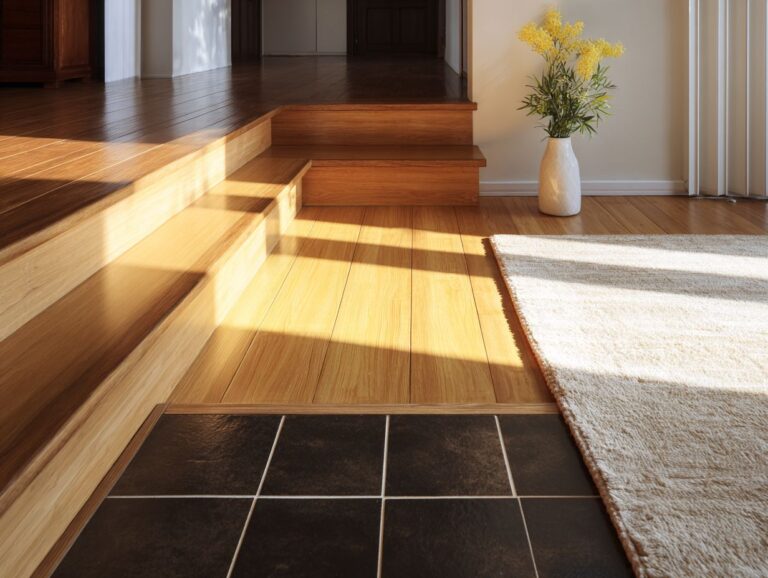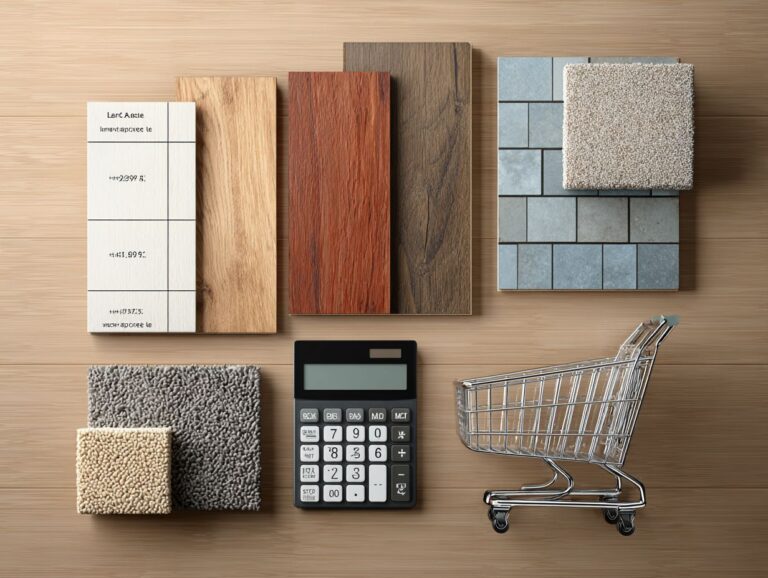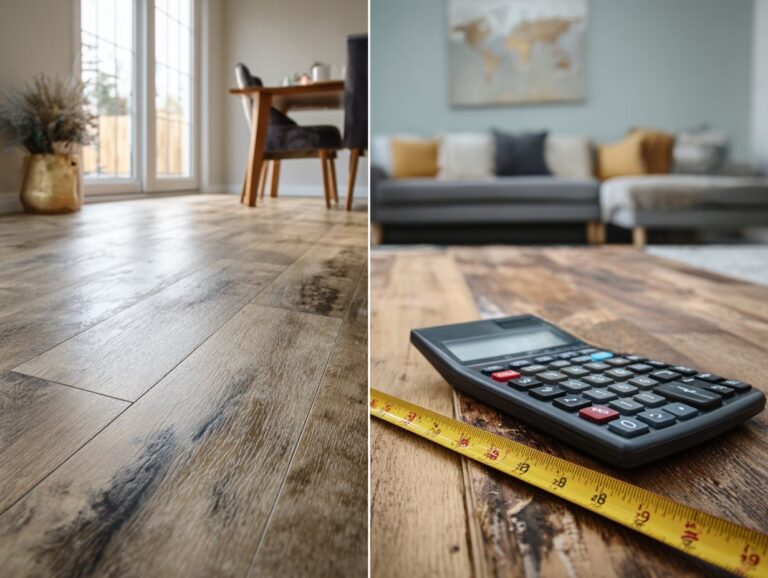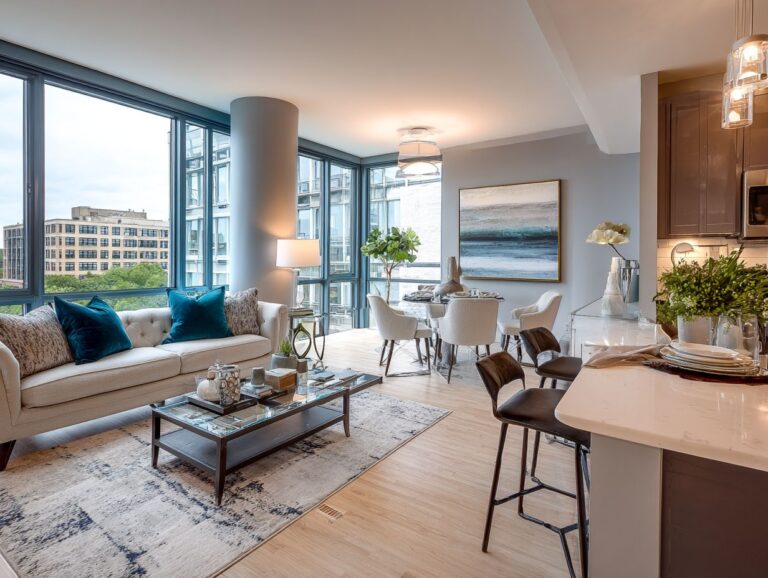Basement Subfloor Systems – DRIcore, BARRICADE & More
Contents
- Introduction to Basement Subfloor Systems
- DRIcore Subfloor System
- BARRICADE Subfloor System
- Comparative Analysis of DRIcore and BARRICADE
- Basement Subfloor Market Stats
- Other Basement Subfloor Options
- Installation Tips for Basement Subfloor Systems
- Maintenance and Care for Subfloor Systems
- Frequently Asked Questions
- What are the benefits of using a basement subfloor system?
- What is DRIcore and how does it work as a basement subfloor system?
- How does the BARRICADE basement subfloor system differ from DRIcore?
- Can I install a basement subfloor system myself or do I need professional help?
- Are there any other basement subfloor systems available besides DRIcore and BARRICADE?
- Do I need a basement subfloor system if I already have a concrete floor?
Introduction to Basement Subfloor Systems
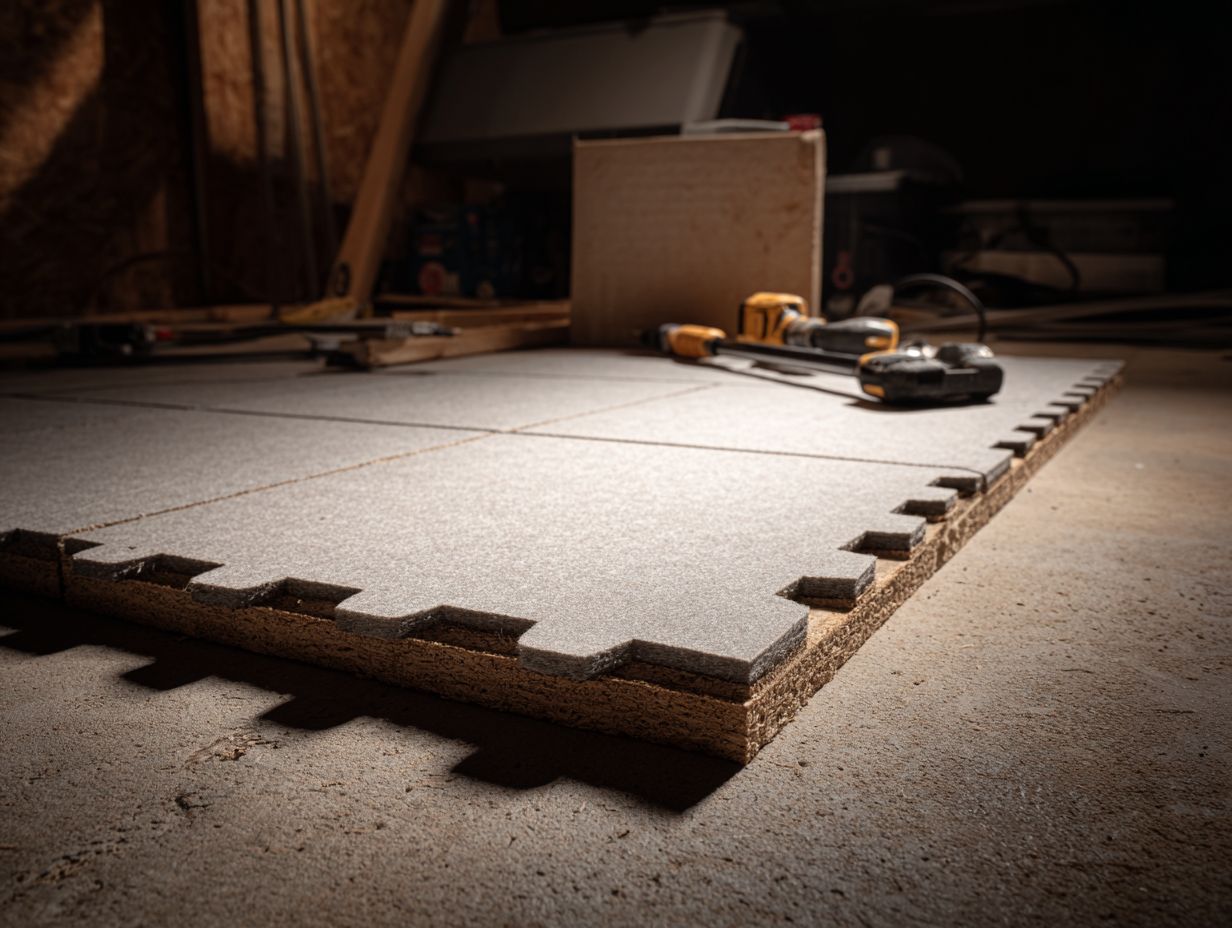
Key Takeaways:
Importance of Subflooring in Basements
Subflooring in basements is important for controlling moisture, lowering the chance of mold and mildew by creating a barrier to prevent moisture buildup.
Besides keeping moisture out, subflooring improves air quality by blocking allergens and pollutants from entering your home.
For example, a plywood subfloor offers strength and durability for hardwood installations, while rigid foam board is excellent for added insulation. Using a vapor barrier underneath your subfloor can significantly improve moisture control.
Consider assessing the type of flooring you plan to install; different materials may require specific subfloor solutions to maximize effectiveness and longevity.
Overview of Popular Subfloor Systems
There are several popular subfloor systems like DRIcore, BARRICADE, and basic wood panels, each with specific features to meet different basement needs.
DRIcore has a unique space that helps manage moisture, making it a suitable option for wet basements.
BARRICADE, on the other hand, uses a moisture barrier and thick foam to provide better insulation and simple installation, serving homeowners who focus on saving energy.
Traditional wood panels are often more affordable but lack advanced moisture management, which could lead to long-term issues.
When selecting a system, consider factors such as local humidity levels, your budget, and installation ease to make an informed decision. Related insight: Cork Flooring Benefits – Sustainability and Comfort Guide
DRIcore Subfloor System
The DRIcore subfloor system uses new technology with an air gap design that improves moisture protection and helps control temperature.
Features and Benefits of DRIcore
DRIcore has a strong build with a unique air gap system that provides moisture protection and includes a 25-year warranty for lasting use.
This new system improves how moisture is handled by letting extra humidity leave, which helps stop mold from forming.
DRIcore provides impressive thermal insulation, effectively regulating floor temperatures by up to 10 degrees Fahrenheit, which can improve energy efficiency.
Homeowners can make their homes more comfortable and reduce heating costs, making this choice practical and affordable.
The warranty covers flaws, giving users confidence for a long time.
DRIcore is an excellent choice for creating a healthier and more comfortable living environment.
Installation Process of DRIcore
Putting in DRIcore is easy and usually done in a few hours. The subfloor panels are simple to work with and you don’t need many tools.
- Begin by ensuring your basement floor is clean and dry. Use a level to check for uneven areas; fill any low spots with self-leveling compound, which usually takes about an hour to set.
- Once the floor is prepared, simply place DRIcore panels in a staggered pattern, starting at one corner. Secure with adhesive or nails as needed, and finish by installing flooring of your choice.
This whole process generally requires about 4-6 hours and only necessitates a level, a utility knife, and a carpenter’s square.
Cost Considerations for DRIcore
DRIcore subfloor panels are priced at roughly $1.50 for each square foot. They are a practical option for homeowners looking to upgrade their basements.
In comparison, traditional subfloor systems can range from $2 to $4 per square foot, depending on materials like plywood or foam inflatables.
Consider installation costs; DRIcore panels are lightweight and designed for quick assembly, often reducing labor expenses. Homeowners using DRIcore can anticipate spending about $3 to $5 per square foot for the entire project, covering both materials and installation, which makes it a cost-effective choice for those looking to save money on renovations.
Long-term, the durability and thermal benefits can lead to savings on heating and cooling.
BARRICADE Subfloor System
The BARRICADE subfloor system uses environmentally friendly materials, providing excellent moisture control and creating a strong defense against mold and mildew.
Features and Benefits of BARRICADE
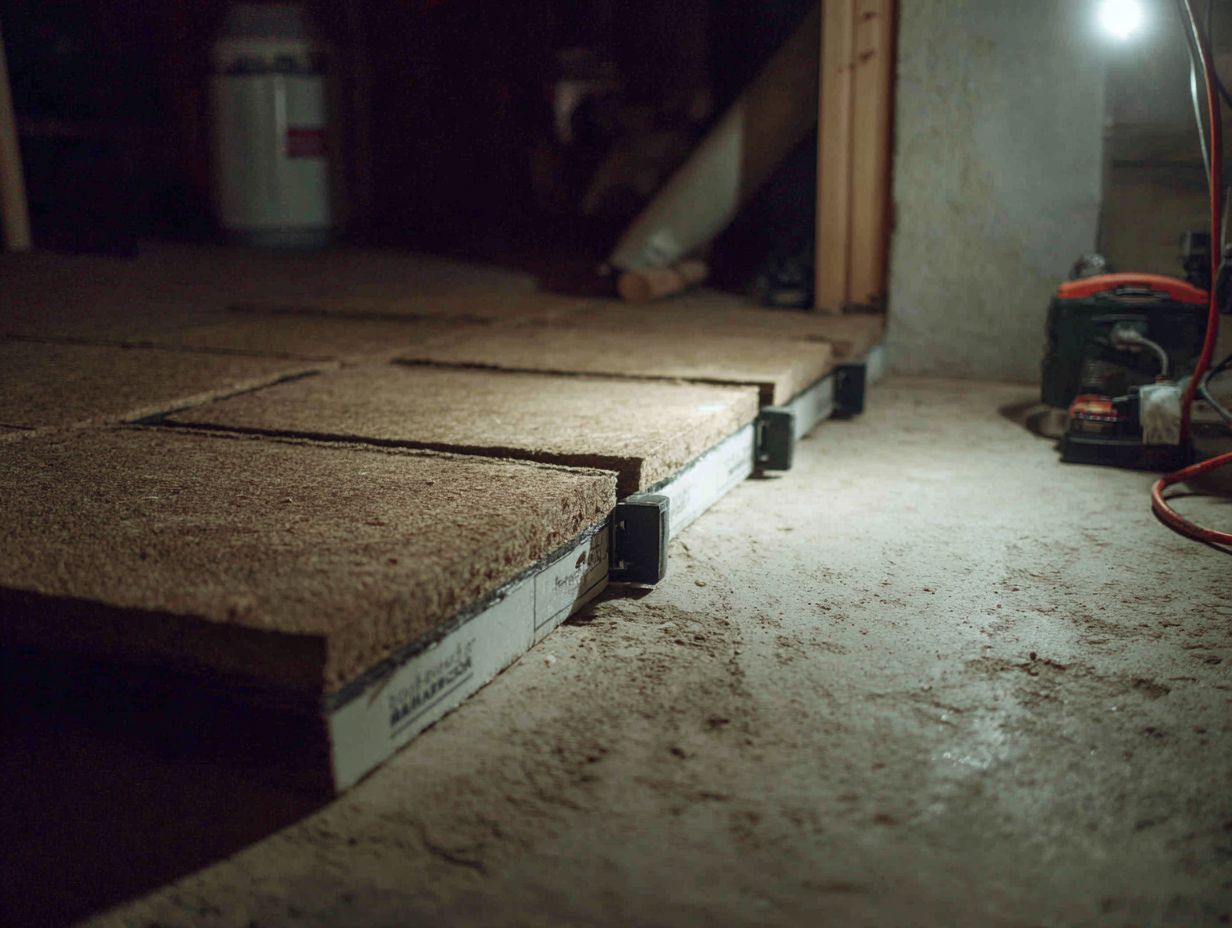
BARRICADE is made from recycled materials that help prevent mold and make it stronger, making it a popular choice for homeowners who want eco-friendly options.
BARRICADE provides excellent moisture management, which is important for extending the lifespan of your home’s structures.
Its innovative design allows for superior airflow, reducing the risk of dampness that can lead to mold growth.
Homeowners can also benefit from easy installation, needing only basic tools and a weekend to complete the project.
BARRICADE offers a warranty that lasts up to 30 years, giving you confidence in our product.
This blend of eco-friendly materials and practicality makes it an ideal solution for modern homeowners.
Installation Process of BARRICADE
BARRICADE’s installation process is efficient, typically requiring basic tools and about 4 hours to complete for an average basement.
- Begin by gathering tools such as a tape measure, level, drill, and a stud finder.
- Start with a thorough inspection of the basement area, ensuring that surfaces are clean and dry.
- Next, measure the space where BARRICADE will be installed to determine the number of panels needed.
- Once measurements are confirmed, commence installation by attaching the panels to the wall, using the drill to secure them into place.
- Seal all joints and edges with caulking for optimal waterproofing, completing the project within the estimated time.
Cost Considerations for BARRICADE
Pricing for BARRICADE subfloor systems averages around $1.20 per square foot, providing a budget-friendly option with impressive performance.
In comparison, DRIcore subfloor systems typically cost around $1.50 to $2.00 per square foot, yet they offer similar moisture control benefits.
While BARRICADE is effective at holding in heat, making it suitable for cold basements, DRIcore allows better airflow due to its built-in air gap.
For consumers, the choice often depends on their specific needs: BARRICADE is a great option for those looking for cost-effectiveness and heat retention, while DRIcore may attract those who focus on moisture control.
Calculating the total expense for larger areas could reveal substantial savings with BARRICADE, especially for extensive renovation projects.
Comparative Analysis of DRIcore and BARRICADE
A comparison of DRIcore and BARRICADE shows clear benefits and possible downsides for each, helping buyers decide based on their own needs.
Basement Subfloor Market Stats
Basement Subfloor Market Stats
Market Growth Metrics: Hard Surface Flooring Market Growth
Market Growth Metrics: Flooring Underlayment Market Growth
The Basement Subfloor Market Stats The data gives a detailed look at the growth patterns in the hard surface flooring and flooring underlayment markets. These measurements are important for people involved in building and home improvement, as they show both present market sizes and expected growth.
Market Growth Metrics indicate a substantial presence and potential for expansion in these markets. The Hard Surface Flooring Market, with a 2022 market size of $4.88 billion, showcases moderate growth with a Compound Annual Growth Rate (CAGR) of 3.1% from 2023 to 2032. This growth is driven by increased consumer preference for durable and aesthetically pleasing flooring options, as well as ongoing construction and renovation activities worldwide.
In contrast, the Flooring Underlayment Market is likely to grow even more With a 2023 market size of $3.5 billion, it is projected to expand to $5.8 billion by 2032, reflecting a robust CAGR of 5.5%. The growing need for underlayment is because it offers comfort, cuts down on noise, and resists moisture, making it a key part of different flooring projects.
- The hard surface flooring market growth emphasizes the ongoing trend towards durable flooring solutions that meet aesthetic and functional needs, driven by both residential and commercial sectors.
- The flooring underlayment market is growing rapidly, showing a clear trend towards better flooring systems that focus on comfort and long-lasting use. This is attractive to both consumers and businesses who want to make indoor spaces better.
To sum up, the information highlights the increasing chances in the flooring market, spurred by customers wanting flooring that lasts longer, feels better, and serves practical purposes. As these markets grow, companies will probably spend money on new products and technologies to gain a bigger part of this changing market.
Performance in Moisture Management
Both DRIcore and BARRICADE excel in moisture management, yet DRIcore’s air gap technology provides a slight edge in enhancing airflow and preventing moisture buildup.
DRIcore’s design features a distinctive air gap that facilitates increased ventilation, drastically reducing the risk of mold. Tests show that using DRIcore in a damp basement can reduce moisture absorption by up to 50%.
On the other hand, BARRICADE is good at keeping out moisture but does not improve airflow. To maximize effectiveness, homeowners are encouraged to evaluate their specific conditions-consider using a hygrometer to monitor humidity levels, ensuring you select the appropriate system for your unique environment.
Thermal Insulation Properties
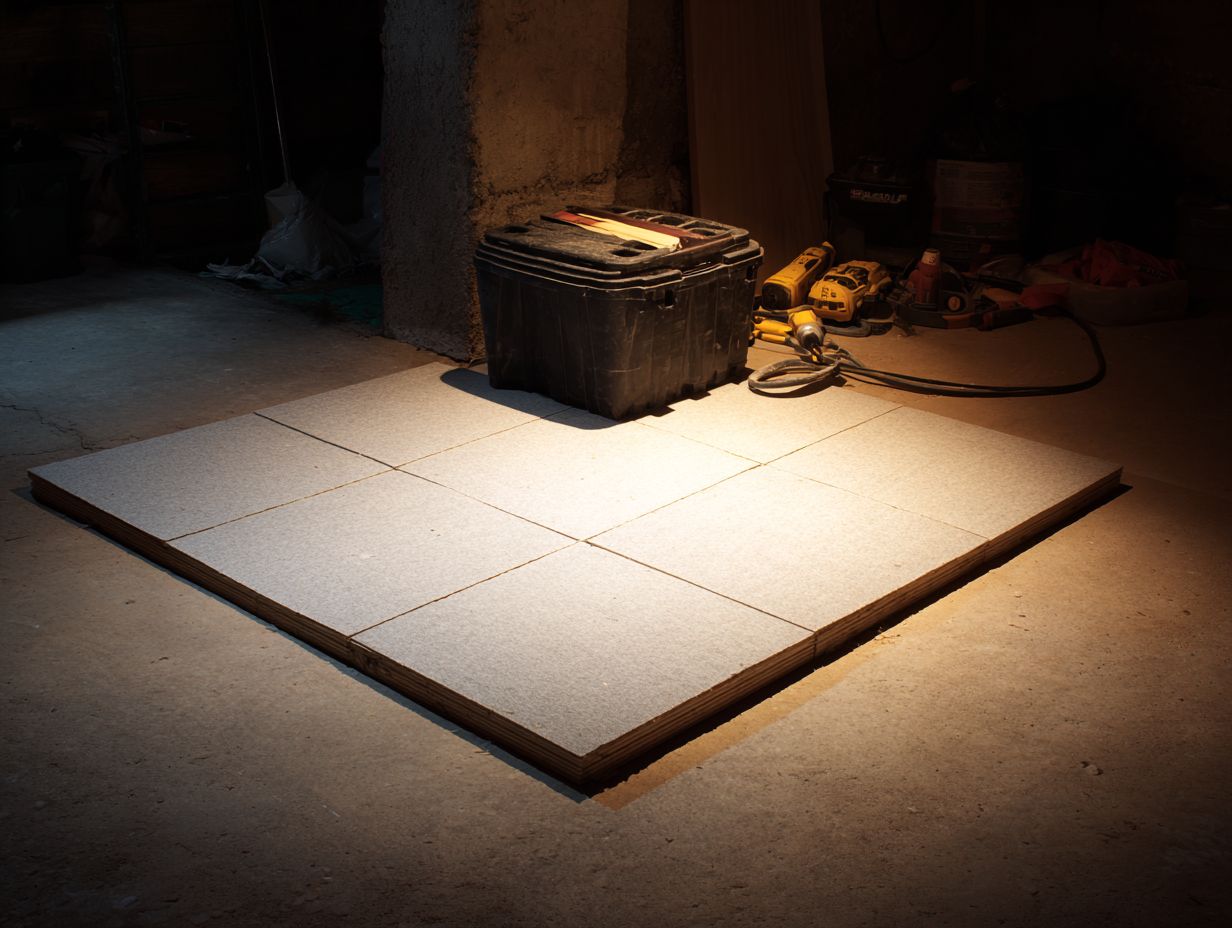
BARRICADE’s mix of materials provides better energy efficiency than DRIcore, which makes it suitable for colder climates.
BARRICADE features higher R-values, translating to better heat retention and lower heating costs. For instance, an R-value of 15 from BARRICADE can significantly reduce energy bills in winter, while DRIcore typically sits around R-10.
This difference means that selecting BARRICADE for basements in frigid regions can lead to annual savings of $200 or more. BARRICADE’s moisture-resistant properties prevent mold growth, adding to its long-term value. For homeowners, investing in quality insulation like BARRICADE improves comfort and supports sustainability.
Durability and Longevity
Both DRIcore and BARRICADE are designed for durability, but DRIcore’s 25-year warranty provides added assurance for long-term performance.
DRIcore features a sturdy, water-resistant design with a unique air gap system that prevents mold and moisture issues, making it ideal for basements.
In contrast, BARRICADE uses strong polypropylene material that resists damage and wear well, though it has a shorter 10-year warranty.
For homeowners looking for strong durability, DRIcore is a better choice, especially in areas with high humidity.
Looking at the warranty details along with material details helps you choose a flooring option that meets your long-lasting needs.
Other Basement Subfloor Options
While DRIcore and BARRICADE are popular choices, there are other subfloor options like wood panel systems and foam board alternatives, each offering different advantages.
Wood Panel Subfloor Systems
Wood panel subfloor systems offer a traditional option with good moisture control, typically costing around $1.50-$2.00 per square foot.
These systems can effectively mitigate moisture issues in basements and crawl spaces. Installation typically involves laying down treated plywood sheets over a layer of foam insulation, ensuring a flat surface for flooring.
Wood panels work well with flooring like hardwood, laminate, and tile, fitting different design styles. They may need extra sealing or vapor barriers to improve moisture protection.
It’s essential to consider labor costs, as professional installation can increase the total project budget by 50-100% depending on regional rates.
Foam Board Subfloor Systems
Foam board subfloor systems are light and offer great insulation, which makes them simple to put in and perfect for basements.
These systems offer a range of benefits. Their insulation properties help maintain consistent indoor temperatures, reducing heating and cooling costs.
Putting these boards in place is easy. Just trim them to fit your area and lay them down, usually without needing extra glue. Some manufacturers offer eco-friendly options made from recycled materials, appealing to sustainable building practices.
For instance, consider using polyisocyanurate foam boards, which provide superior R-value, enhancing energy efficiency while also being lightweight for easy handling.
Concrete Subflooring Solutions
Concrete subflooring solutions are highly durable, yet they require specific moisture management practices to prevent moisture buildup and related issues.
To effectively manage moisture, consider these strategies:
- Install a vapor barrier before pouring concrete to prevent ground moisture.
- Use a dehumidifier in high-humidity areas.
It’s also essential to choose compatible flooring types; for example, luxury vinyl and tile work well over concrete due to their moisture resistance, while hardwood may require additional protection.
Checking for cracks regularly is important because fixing them quickly can prevent major damage and stop more moisture from getting in.
Installation Tips for Basement Subfloor Systems
Correctly installing basement subfloor systems can greatly improve how well they work and how long they last, providing the best comfort and ease of use.
Preparation of the Basement Floor
Before installation, make sure the basement floor is clean, dry, and even to avoid moisture problems later.
Start by thoroughly cleaning the floor, removing any debris, dust, or old adhesives.
Next, perform a moisture check using an easy plastic sheet method: tape a see-through plastic sheet to the floor and look for water droplets after 24 hours. If moisture is present, consider applying a moisture barrier.
Use a leveling compound to fill any low spots, ensuring a flat surface for installation. This preparation process typically takes a few hours but is essential for a lasting result.
Tools Required for Installation
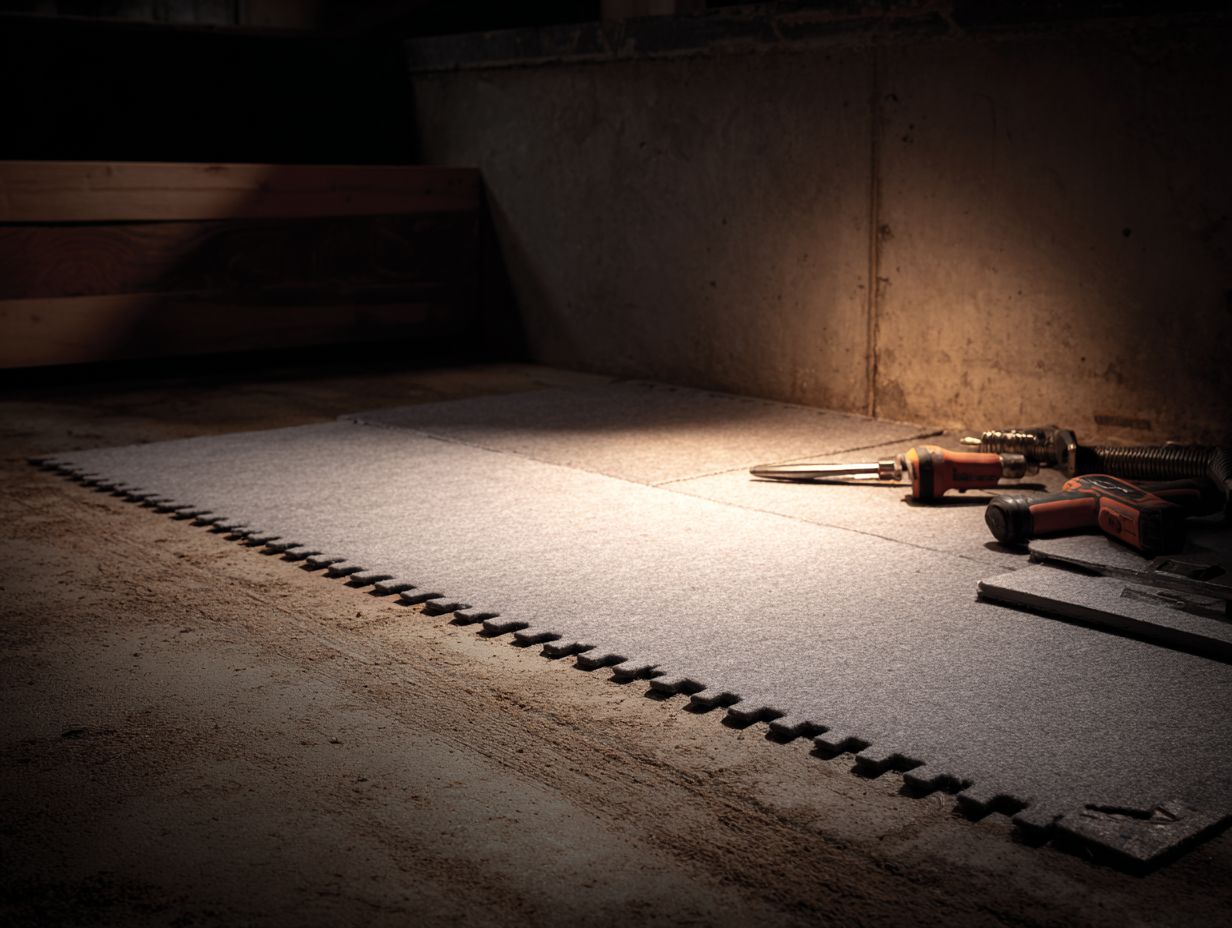
Installing a basement subfloor requires basic tools including a utility knife, measuring tape, and a level, allowing for a user-friendly installation process.
Along with these essentials, consider investing in a power drill ($50-$150) for securing the subfloor to the foundation, and a circular saw ($60-$200) for cutting plywood to size.
A carpenter’s square ($10) will help guarantee exact angles, while a pneumatic nailer ($100-$300) can speed up the fastening process. Don’t overlook safety gear such as goggles and knee pads (approximately $30) to protect yourself during installation.
Having these tools available will make your project easier and improve the quality of your work.
Common Mistakes to Avoid
To make sure your subfloor lasts, it’s important to avoid typical installation errors. These include not testing for moisture properly and misaligning panels.
To have a successful subfloor installation, begin by checking moisture levels using a reliable moisture meter. Make sure the readings are below 12%. Next, confirm that your panels are aligned correctly by using a chalk line for straight edges and checking the manufacturer’s guidelines for spacing.
Use a level to make sure support is even, stopping any sagging later. Avoid using wet or damaged materials, as this can compromise longevity. Following these steps will help you create a solid foundation for your flooring project.
Maintenance and Care for Subfloor Systems
Regular maintenance and care for basement subfloor systems improve how well they work and how long they last, ensuring they provide the best support for the flooring above.
Regular Inspections and Repairs
Regularly checking your subfloor systems can find possible moisture problems early, allowing for timely fixes and keeping the structure sound.
To make inspections successful, create a list of important areas to check:
- Check for visible signs of water damage
- Inspect insulation for dampness
- Assess the condition of any vapor barriers
Inspect the conditions every three months, particularly during spring and fall as moisture levels vary. To get correct measurements, use a moisture meter. Devices like the Wagner Meters MMS2 can be very useful.
By regularly checking these factors, you can fix problems early, which saves you money on expensive repairs and keeps your home’s foundation strong.
Frequently Asked Questions
What are the benefits of using a basement subfloor system?
A basement subfloor system can provide a moisture barrier, improved insulation, and a leveled surface for your basement. It can also help prevent mold and mildew growth and make the space more comfortable for living or storage.
What is DRIcore and how does it work as a basement subfloor system?
DRIcore is an all-in-one subfloor panel that is designed specifically for basements. It features a moisture barrier, air gap technology, and a grooved design that allows for airflow and evaporation of any moisture that does get through.
How does the BARRICADE basement subfloor system differ from DRIcore?
BARRICADE also includes a moisture barrier and air gap technology, but it is made of a different material – a high-density polyethylene (HDPE) foam. This material lasts a long time and keeps heat in, which is why people often use it for basement floors.
Can I install a basement subfloor system myself or do I need professional help?
Homeowners can put in the subfloor system themselves with both DRIcore and BARRICADE, as they are designed for easy DIY installation. However, make sure to follow all instructions closely and use the right tools for the installation to go well.
Are there any other basement subfloor systems available besides DRIcore and BARRICADE?
While DRIcore and BARRICADE are two of the most well-known basement subfloor systems, there are other options available on the market. Some other popular ones include ThermalDry, Delta-FL, and SuperSeal. It’s important to carefully research and compare different systems to find the best fit for your basement.
Do I need a basement subfloor system if I already have a concrete floor?
It is not necessary to have a basement subfloor system if your concrete floor is in good condition and properly sealed. However, if you want to improve insulation and protect against moisture, a subfloor system would be a good choice. It can also improve the overall comfort and appearance of your basement space.
